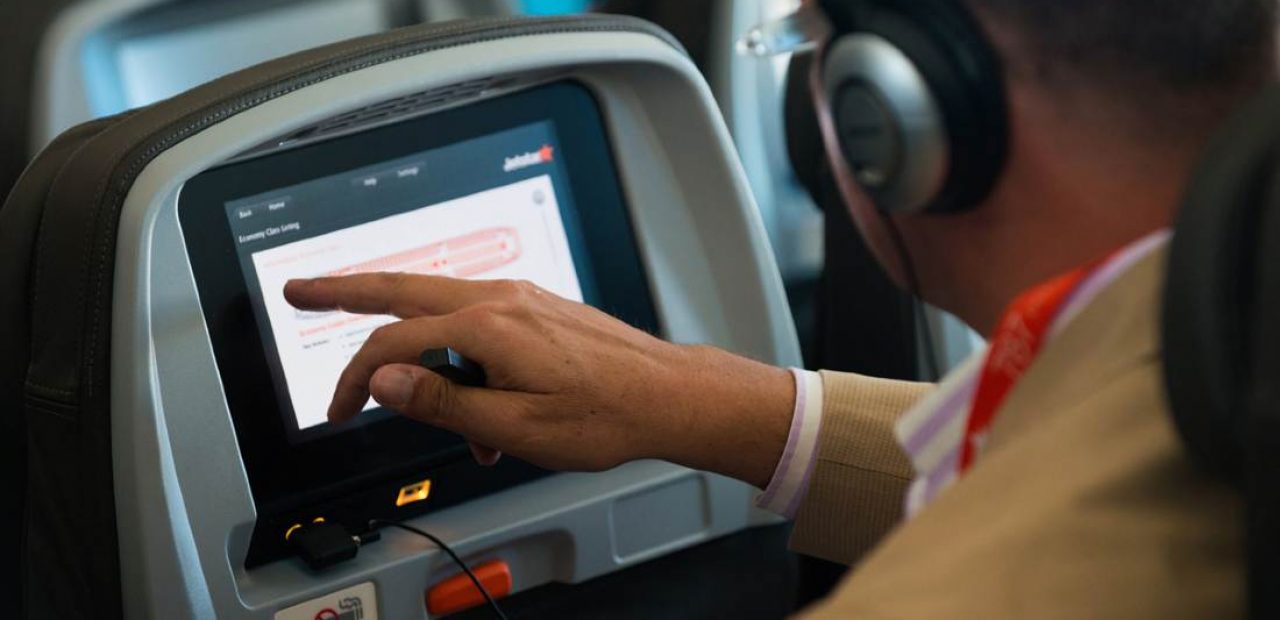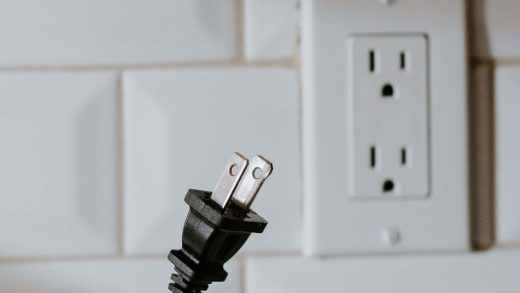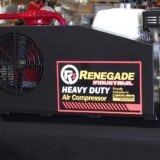Everything You Need to Know About Aviation Headset Cables
When you are up in the air, communication is crucial and a pair of good quality aviation headsets can make all the difference when communicating with other aircraft or the tower. Whether you are a seasoned airline pilot or a new pilot searching for your first headset, you need to make sure to find a headset that will meet all your needs.
Selecting the correct headset mainly depends on the type of aircraft you are flying and what is installed in the aircraft. But the good news is that you won’t have to worry much about it because you can get an aviation headphone adapter. It can help you convert your existing aviation for almost any aircraft application.
Contents
How to Choose Your Aviation Headset Cable
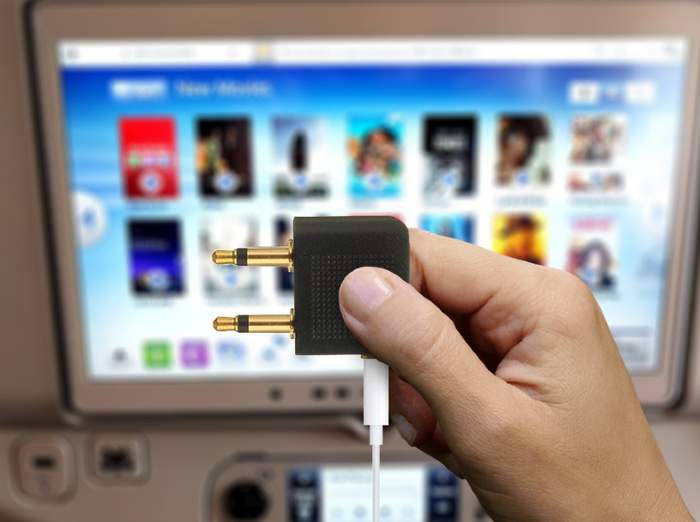
The cable from the headset has two plugs, for airplanes, and one plug, for helicopters. To increase your headset versatility, you can choose an airplane headphone adapter, from general aviation to helicopter or the other way around. It will save you the hassle of having to own and carry two headsets. Instead, you may be able to use a single headset across multiple types of aircraft.
An airline headphone adapter can be very helpful, especially if you rent the plane. If you own the plane, then you can outfit it with any plug you want to match your headset, but if your rent and the plane is outfitted for different brands of headsets, then you will need a solution. An adapter is a cheap investment compared to the price of any aviation headset.
Whether you are in a flight school or you rent, save yourself some time and energy and buy an adapter. Make sure to check which connectors and cables you will need and buy the right one. Most general aviation aircraft use dual male plugs, known as well as PJ. They come standard on most PNR (passive noise reduction) headsets. Civilian helicopters, on the other hand, use a single U174 plug.
Aviation headsets usually come in two different cord types, straight and coiled. A straight cord is the most common type, while a coiled cord is available with some headset models. Once you make sure your headset will plug into the plane you will be flying, let the fun begin!
Other Factors to Consider When Buying Your Aviation Headset
While an airline headphone adapter might be of great help when you need to fly various aircraft, a pair of aviation headsets is one of the few things in aviation that can influence how much you enjoy what you are doing.
That’s why it’s important to choose the headset that’s right for you, however, it may not be an easy task, no matter if you are a recreational or an already experienced pilot. To help you narrow down your choices, here are a few factors to consider that may help you find the best headset for you. There are many different brands and styles of headsets to choose from as well as features that can seem overwhelming at first.
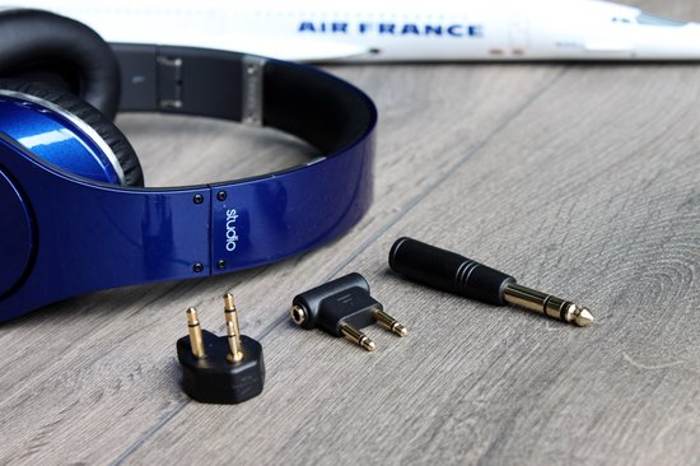
Noise Reduction Types
Aviation headsets are sturdy and may come at a higher price than other headsets on the market. They fall into two main categories – passive and active noise reduction. The PNR headsets rely on a good seal around the ear and a strong clamping force, while the ANR headsets provide less passive protection and don’t have such a strong clamping force.
However, there are dynamic noise reduction (DNR) headsets as well, that can digitally remove unwanted noise from incoming headphone signals and take ANR headsets a step further. They scan for repetitive identical noise signals on the transmission and suppress only those portions of the signal.
Headset Style
Aviation headsets come in three styles, including on-ear, in-ear and over-ear. PNR headsets are available only in the over-ear configuration and work very well for pilots of aircraft with a high-performance engine or open cockpits. Over-ear headsets can be made using ANR technology as well.
On-ear headsets feature a type of earcup that rests on the top of the ear. They provide less passive noise reduction; therefore, they are intended for aircraft with lower decibel levels. In-ear headsets, on the other hand, look like earbuds with an attached microphone and headpiece. They are also intended to be worn in lower-decibel level aircraft.
Signal Type
Most aviation radios work with mono headsets. These headsets send the same auditory signal to both ears and while a mono headset is good for radio comms, stereo is a better choice if you plan to use your headset for listening to music. Stereo headsets have a switch function between mono and stereo.
Frequency Response Range
Depending on the source, the auditory frequency of aircraft noise may vary. Engine noise is typically below 300Hz, which is a lower frequency, while air moving along the fuselage may emit a high-frequency noise up to 3000Hz. For the best hearing protection, choose an aviation headset that offers significant noise attenuation across a broad frequency spectrum.
Comfort
You should be able to comfortably wear your headset for the duration of your flight. The choice of materials can impact comfort, so heavier metal headsets may be less comfortable than lighter plastic ones, but metal is more adjustable, so you can set them as you need. Gel ear seals may be heavier than foam, but provide better cushioning. Cotton or knit ear seal covers will make you sweat less in hot weather, but vinyl covers offer a better seal.

